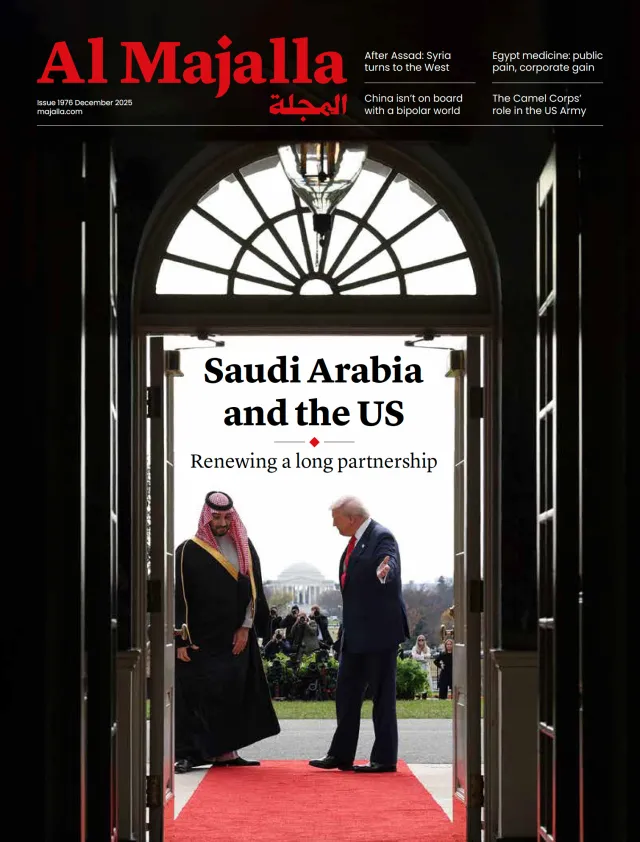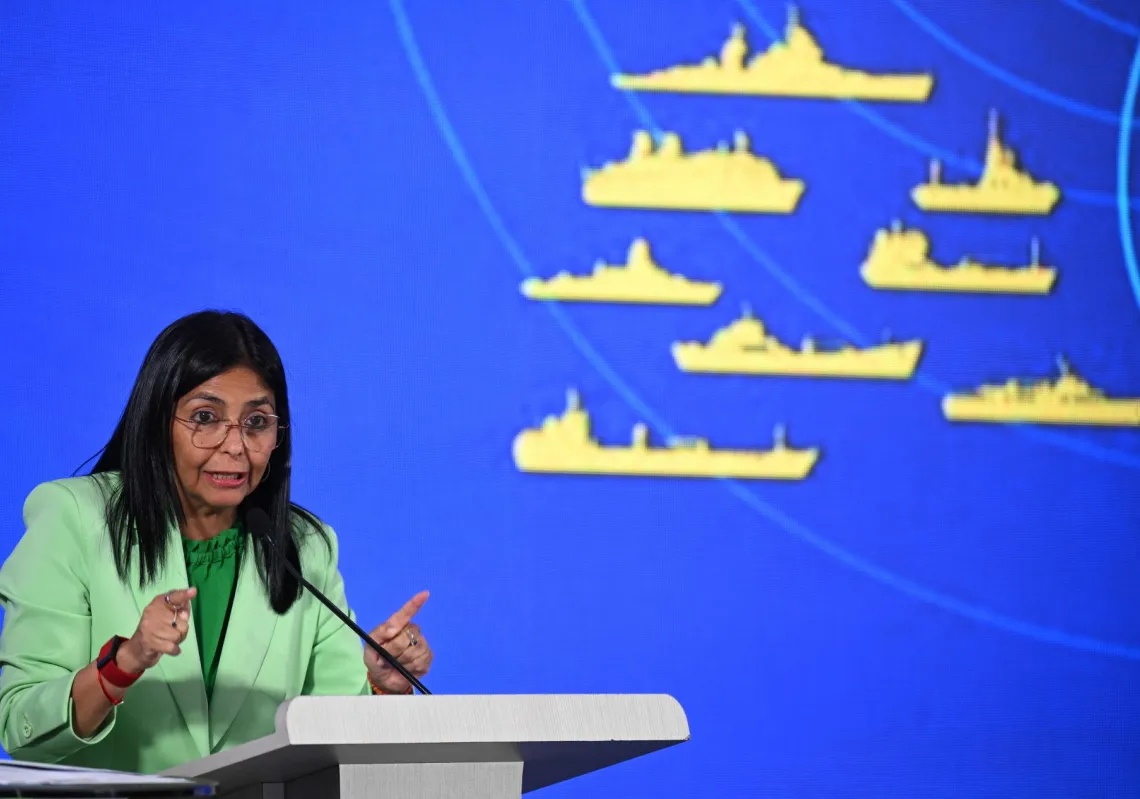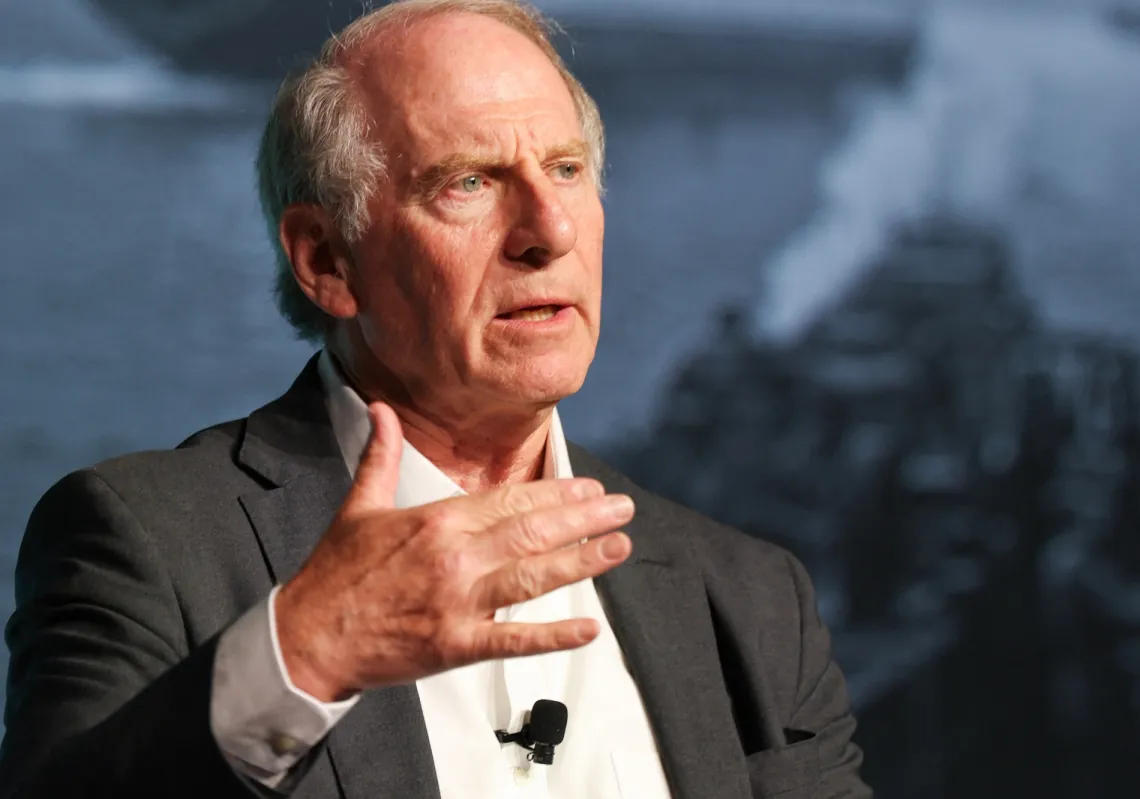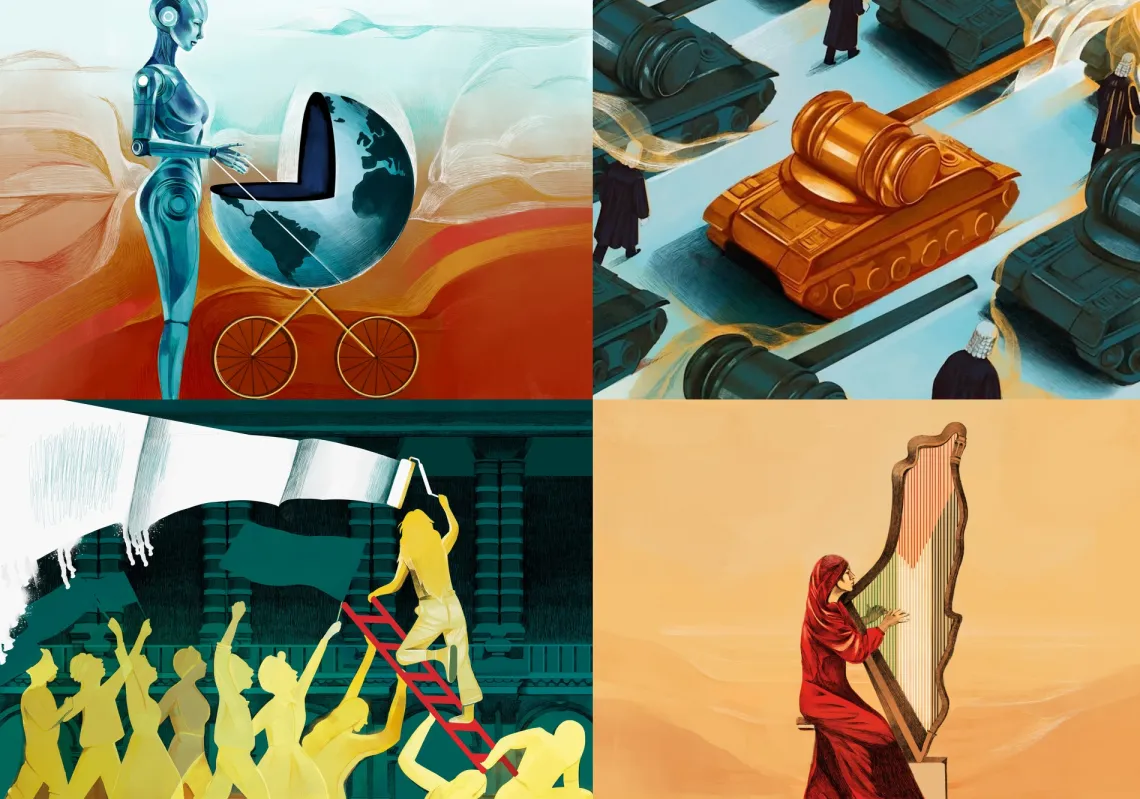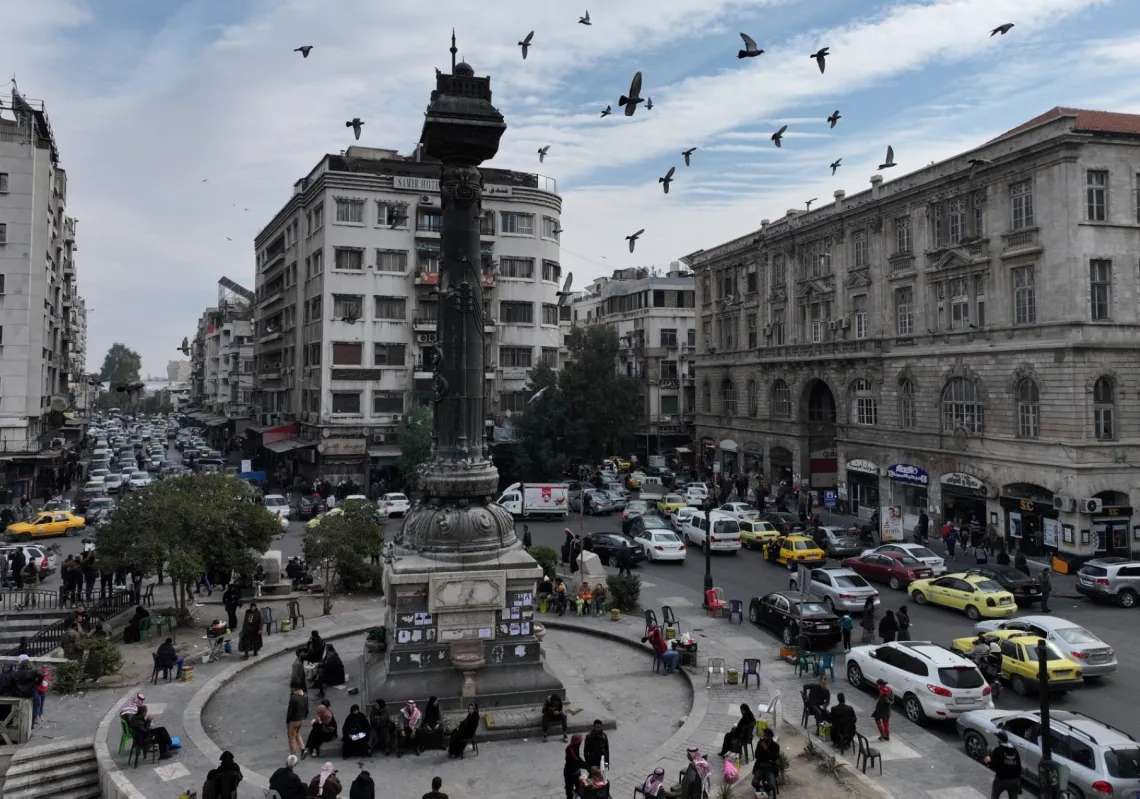The collapse of the Assad regime in Syria has dramatically changed the regional landscape. Since Ahmed al-Sharaa came to power, expectations for a breakthrough between Syria and Israel have soared. Alas, it is not that simple. Circumstances on the ground are complex and require careful consideration about what can be achieved within a realistic timeframe, and what might be too hasty—and even detrimental to the future.
There are immense challenges facing the new Syria regime. For instance, it does not effectively control all of its territory and has only 55,000 soldiers at its disposal (including foreign fighters). The Kurds in Syria’s north-east have an effective army of roughly equal size. While a framework agreement was signed between the Kurds and Damascus, questions over its implementation remain.
Al-Sharaa demonstrates impressive pragmatism, having come from a radical ideological background, but there are questions as to whether he can translate into action what needs to be done. The involvement of external actors in Syria, such as Turkey and Israel, poses a real challenge, as does the enormous reconstruction process required.
An opportunity arises
Several factors play in al-Sharaa’s favour. The international community had grown weary of Assad and welcomed al-Sharaa with open arms, despite questions over his former al-Qaeda links. The weakening of Iran, whose swift withdrawal from Syria is both stunning and encouraging, is widely seen as being in the interests of all and has been largely credited to al-Sharaa. Even the unpredictable US President Donald Trump was sufficiently encouraged to reverse course and embrace the Syrian leader.

